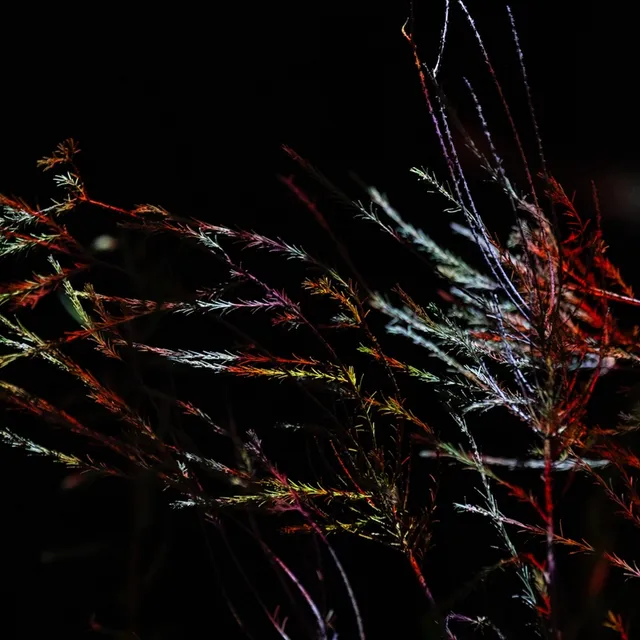“TERRA: Memory & Soil”
Victoria Pham and Joel Sherwood Spring
3 Sept → 16 Oct 2022
Gallery
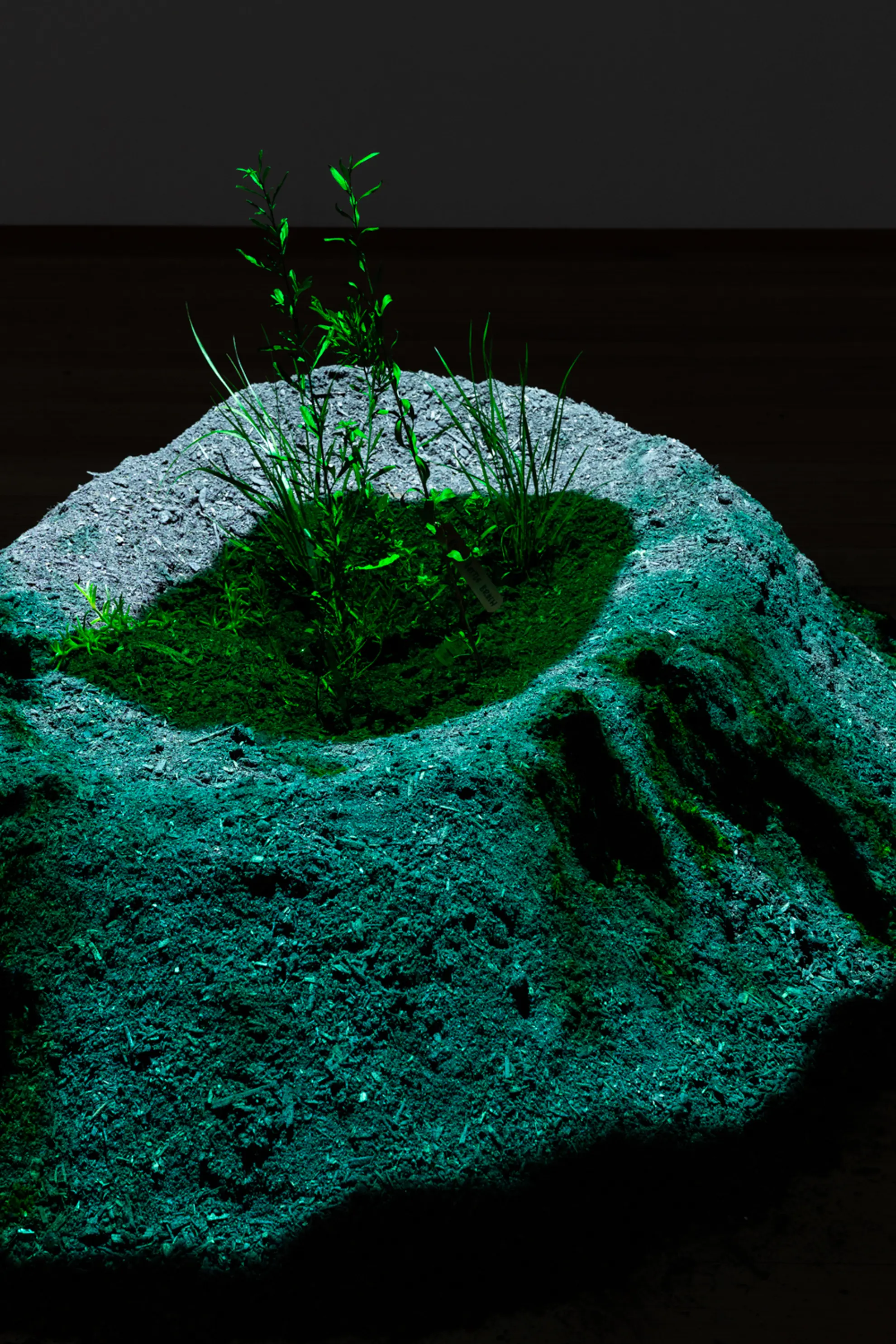
TERRA: Memory & Soil, is an immersive installation project combining sound, biological-sculpture, architecture and projection.
This collaboration between artists Victoria Pham and Joel Sherwood Spring brings together critical interdisciplinary positions within their respective disciplines of evolutionary biology and architecture, bringing vastly different insights into notions of the built environment, history and legacies of colonialism.
The artists interrogate how we remember our past landscapes by transforming gallery spaces into immersive gardens. Their mission is to place indigenous knowledge and diasporic narratives in a central position for knowledge production, cultural exchange and story-telling.
she lies dormant,
awaiting the curious ear,
that listens forwards and back,
along each curling root.
shrouded by silken soil,
woven by the hand of memory,
you will find her,
in ghostly ossification. — Victoria Pham
TERRA: Memory & Soil is a West Space Commission, presented in partnership with Liquid Architecture and Centre for Projection Art. The project is supported by Arts Council England through their Developing Your Creative Practice fund.
Programs
TERRA: Mono-Poly, Thurs 13 Oct, 7 → 10pm
Extending TERRA: Memory + Soil through an evening of lively music, performance, poetry, projection, sonics, affects, and hospitality presented at West Space by Liquid Architecture, guest curated by Victoria Pham.
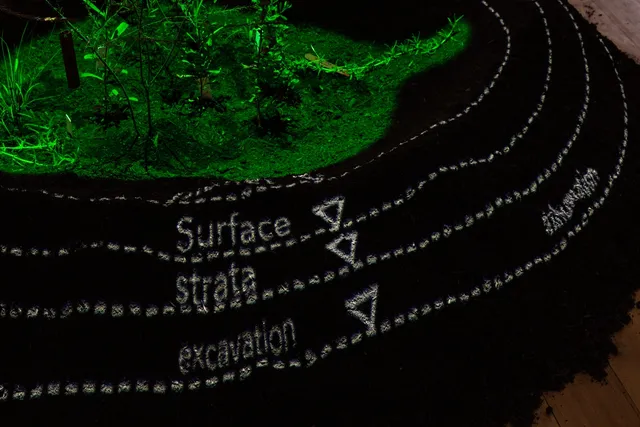
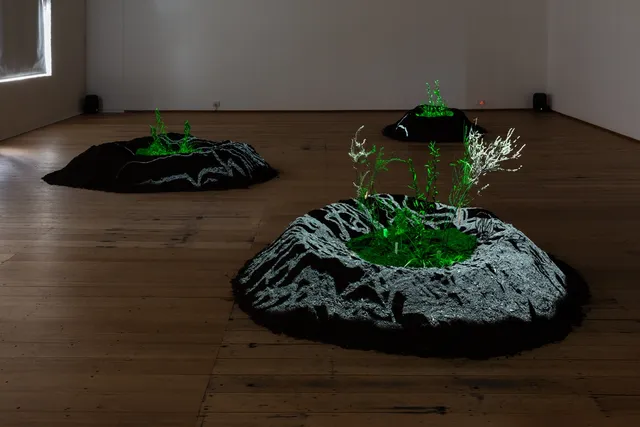
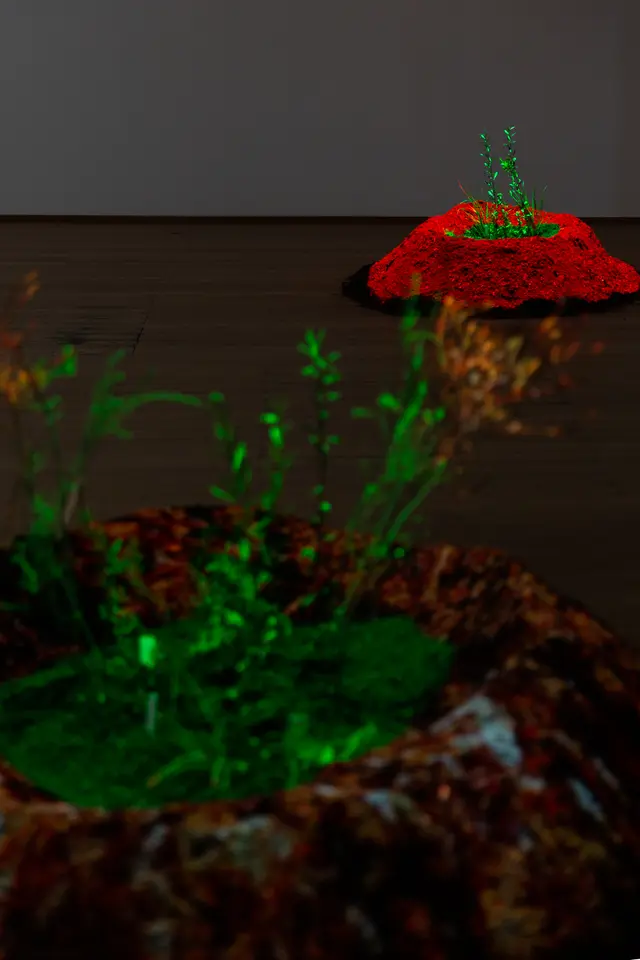

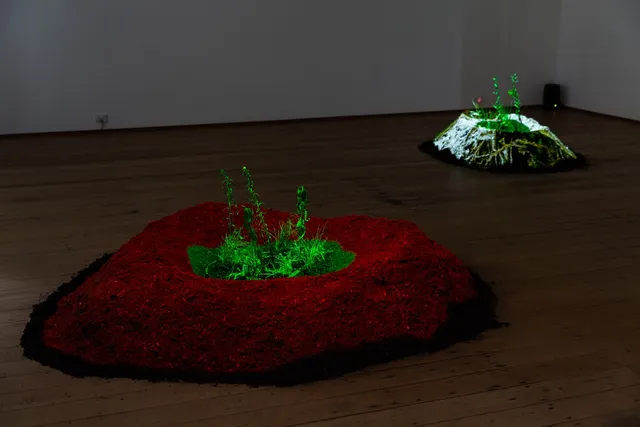
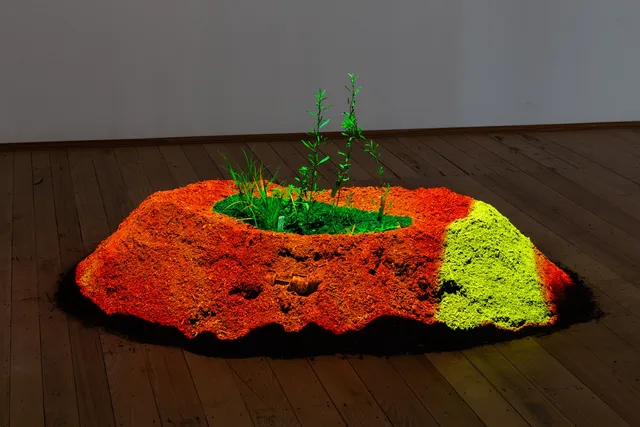
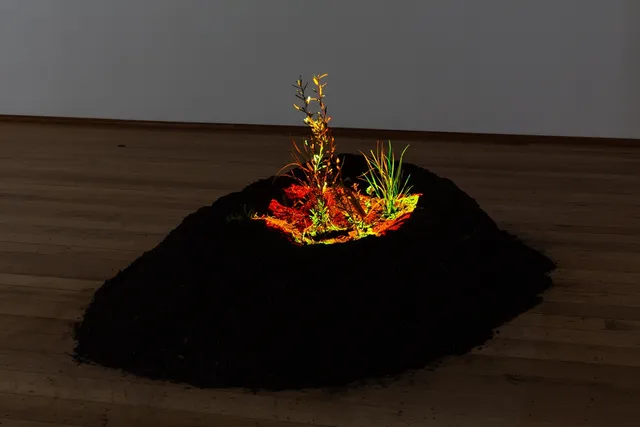
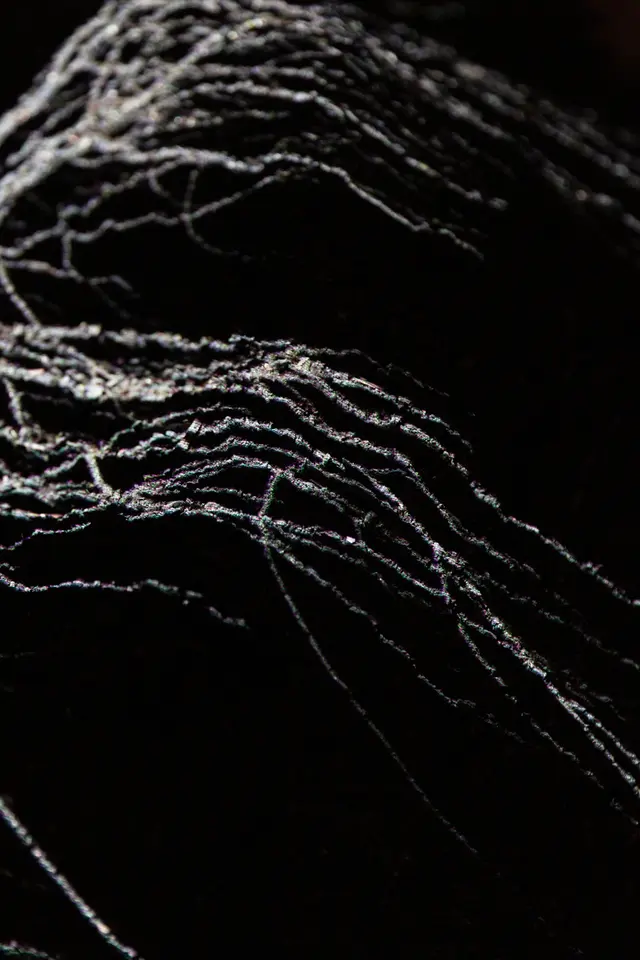
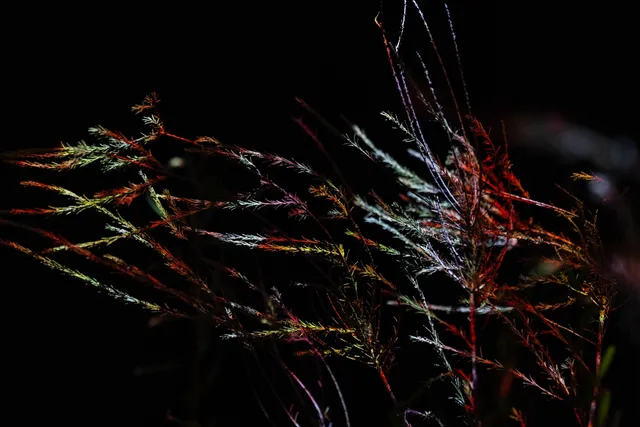

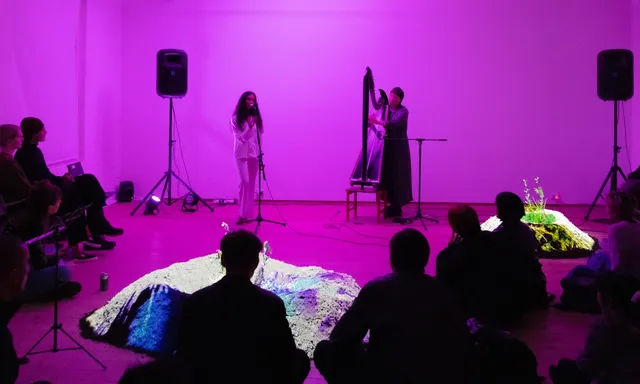
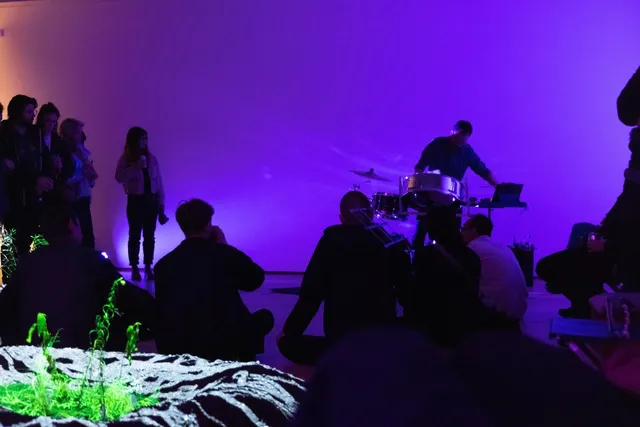
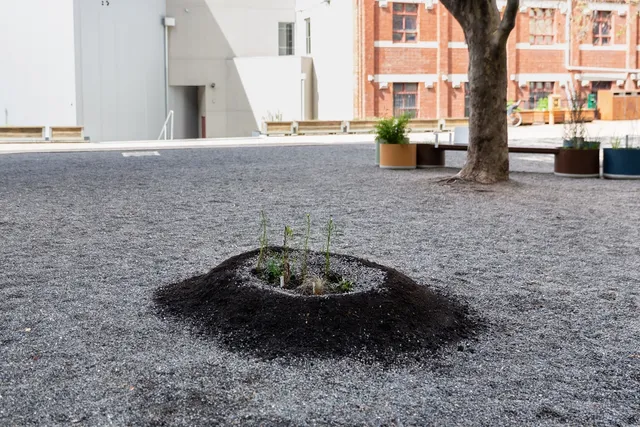
Victoria Pham is an Australian installation artist, composer, archaeologist and evolutionary biologist. She is a PhD Candidate in Biological Anthropology at the University of Cambridge, holding the Cambridge Trust’s International Scholarship. As a composer she has studied with Carl Vine, Richard Gill, Liza Lim and Thierry Escaich. She is represented by the Australian Music Centre as an Associate Artist.
Joel Sherwood Spring Wiradjuri anti-disciplinary artist based in Sydney/Gadigal/Wangal lands. He works collaboratively on projects that examine ways of seeing Country through technology and desires for Indigeneity. Joel’s work confronts and channels both the desire for land and minerals at the core of our national identity and what today appear as 'progressive' identity formations. He explores the potential of Indigenous materialist readings of art and architecture towards repatriation, reparation, and return of land. He is learning how to employ art making, exhibition making, publishing, and pedagogy within what is recognised as black or Indigenous studies.
